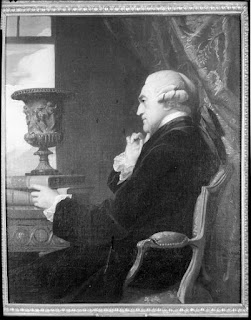Sunday, May 12, 2013 -  documentary,Mona Lisa,stolen art,Stolen Art Recovered,the missing piece
documentary,Mona Lisa,stolen art,Stolen Art Recovered,the missing piece
 No comments
No comments
 documentary,Mona Lisa,stolen art,Stolen Art Recovered,the missing piece
documentary,Mona Lisa,stolen art,Stolen Art Recovered,the missing piece
 No comments
No comments
The Missing Piece: Mona Lisa, Her thief, The True Story Headed to Denver Art Museum this Friday and to the Biografilm Festival in Bologna in June
The Missing Piece: Mona Lisa, Her Thief, The True Story, the documentary about the 1911 theft of Leonardo da Vinci's now famous portrait of Lisa Gherardini del Giocondo from the Louvre, premiered in Los Angeles at the Beverly Hills Film Festival on Saturday, May 11.
"We were thrilled to have The Missing Piece screen at Grauman's Chinese Theater for the Beverly Hills Film Festival," Director Joe Medeiros wrote to the ARCA Blog. "We had a very enthusiastic sold-out crowd. It was our 9th festival and one of the best so far."
Medeiros bills the film as "the true story of how and why Vincenzo Peruggia, a simple Italian immigrant, stole the Mona Lisa and nearly got away with it".
The film will screen at the Denver Art Museum at 7 p.m. this Friday (May 17):
The film will screen at the Denver Art Museum at 7 p.m. this Friday (May 17):
Come to a riveting and humorous documentary film about Vincent Peruggia, the man who stole the Mona Lisa from the Louvre in 1911, his 84-year-old daughter who thought he did it for patriotic reasons, and the filmmaker who spent more than 30 years trying to find the truth. Written and produced by Joe Medeiros, former head writer for The Tonight Show with Jay Leno, this documentary combines historical photographs, animation and interviews with Peruggia’s descendants to examine how an unassuming housepainter from Italy pulled off “the greatest little-known heist in modern time.” The producers will be present for Q&A after the film.
The international premiere of the movie will be at the Biografilm Festival in Bologna on Saturday June 15 and Sunday June 16.
 |
| Joe Medeiros, writer/director, and Justine Medeiros, producer. |
Last October Joe Medeiros weighed in on the Isleworth Mona Lisa, positioning that the painting had not been newly discovered but around for almost a century (see the ARCA blog post here).
This documentary is available for private screenings. Here are the project's links:
Updated May 15 to include information from the director Joe Medeiros.
Twitter@monalisastolen
Updated May 15 to include information from the director Joe Medeiros.











